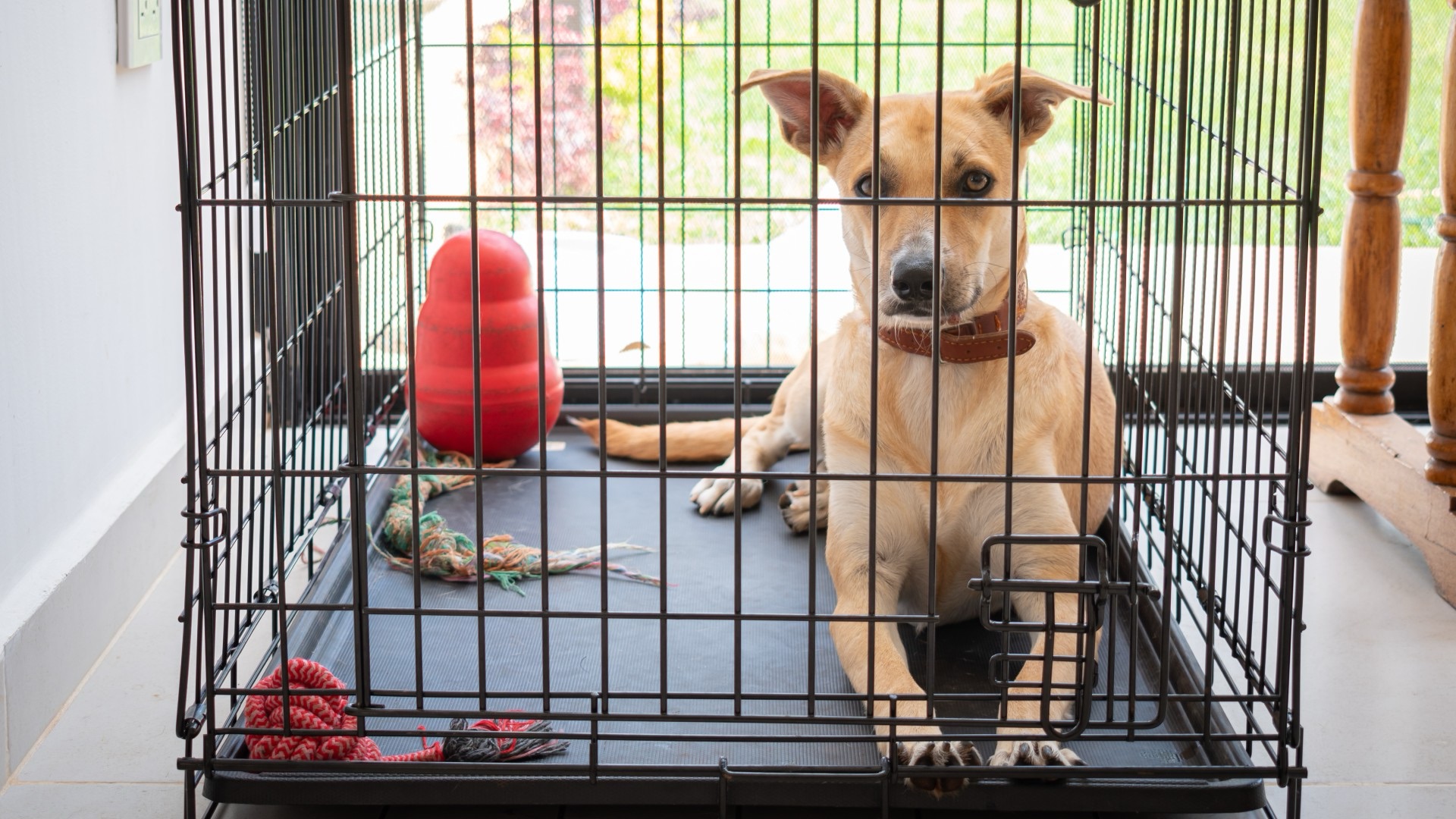Bringing home a new puppy is one of life’s greatest joys — floppy ears, tiny paws, endless energy. But for first-time dog owners, that joy often comes with overwhelm — especially around training.
One of the best things you can do from day one is to crate train your puppy. It builds structure, independence, and makes toilet training easier. And the best part? You can start seeing real progress in just three days.
This beginner-friendly guide walks you through a 3-day crate training plan that’s kind, calm, and confidence-boosting — no harsh methods or confusion.
Why Crate Training Works for Puppies
A crate mimics a den — a small, cosy space where your puppy feels safe and settled. When introduced properly, it becomes their happy place, not a punishment.
Here’s why puppy crate training works so well:
- Toilet training: Puppies avoid soiling where they sleep.
- Safety: Keeps them out of trouble when unsupervised.
- Calm independence: Helps your dog learn to settle alone.
- Preparation: Crate-trained dogs travel and vet better later in life.
Plus, knowing your pup is safe while you’re busy or asleep gives you peace of mind.
Day 1: Gently Introduce the Crate
Goal: Make the crate inviting, safe, and stress-free.
Step 1: Set up the crate
Place it in a busy but calm space — like your kitchen or lounge. Add a soft blanket, safe toy, and keep the door open.
Step 2: Let your puppy explore
Don’t force them in. Scatter treats inside and praise them calmly as they sniff, step in, or lie down.
Step 3: Feed meals in the crate
Start by placing the food bowl near the entrance. Move it inside gradually so your puppy builds positive associations.
Important: Keep the door open all day. This is about comfort, not confinement.
Day 2: Build Positive Associations
Goal: Get your puppy comfortable spending short, calm periods in the crate.
Step 1: Close the door briefly
Let your puppy go in voluntarily. Close the door for just a few seconds. Open it before they fuss. Repeat and increase time gradually.
Step 2: Crate after meals and play
After play or food, your puppy will likely nap. Encourage them into the crate and stay nearby while they rest.
Step 3: Brief alone time
Try leaving the room for 1–2 minutes while your puppy is calm inside. Return before they become unsettled.
Day 3: Extend Time & Try Overnight
Goal: Comfortably leave your puppy crated for short periods and through the night.
Step 1: Add chew toys for comfort
Use toys or stuffed Kongs to make the crate enjoyable. Start using crate time while doing chores or taking a short outing.
Step 2: First overnight crate session
Place the crate near your bed for reassurance. Make sure your puppy’s had a toilet break and short play. Respond gently to whining, and plan for at least one overnight toilet trip.
Troubleshooting Puppy Crate Training
- Whining or barking: Try shorter crate times and avoid responding immediately unless it’s a toilet need.
- Refusing to enter: Use high-value treats like chicken. Keep the crate positive — never force it.
- Accidents: Use the right crate size. Puppies shouldn’t be crated with a full bladder for long.
Final Tips for Crate Training Success
- Keep crate time calm and consistent.
- Never use the crate as punishment.
- Reward quiet, calm crate behaviour.
- Stick to a simple routine: meals, toilet, play, crate.
- Keep using the crate even after your puppy is trained — it’s a valuable lifelong tool.
FAQ: Puppy Crate Training
1. How long can I crate my puppy during the day?
Young puppies: 1–2 hours max per session. Gradually increase as they mature.
2. Can I crate overnight from day one?
Yes — keep the crate nearby, and be prepared for night toilet trips.
3. What if my puppy cries all night?
Rule out toilet needs. Offer gentle reassurance, but don’t reward whining with release — they’ll learn to wait.
Crate training doesn’t have to be difficult or stressful. With this gentle 3-day approach, your puppy can learn to love their crate and enjoy calm independence. You’ve got this!
🐶 If you found this helpful, share it with another new puppy owner or save it for future reference.
